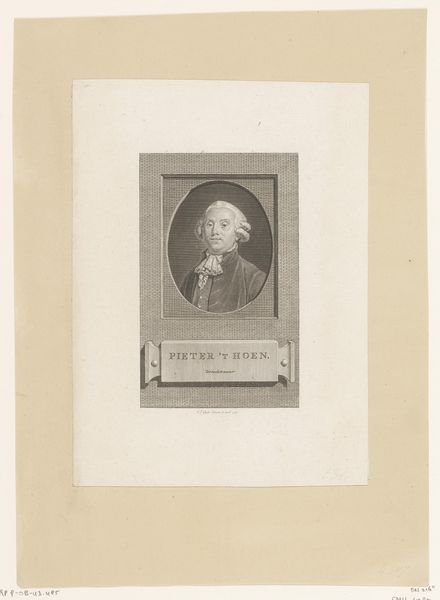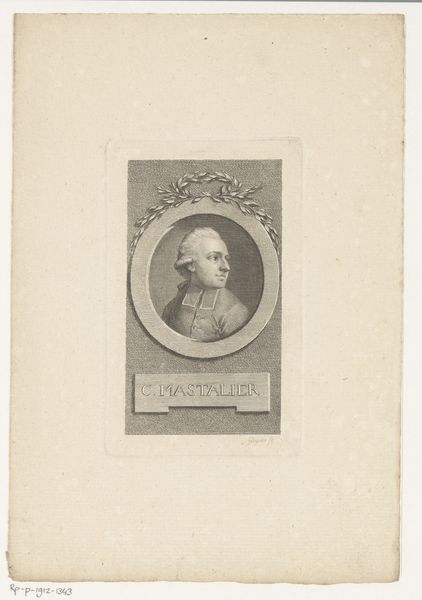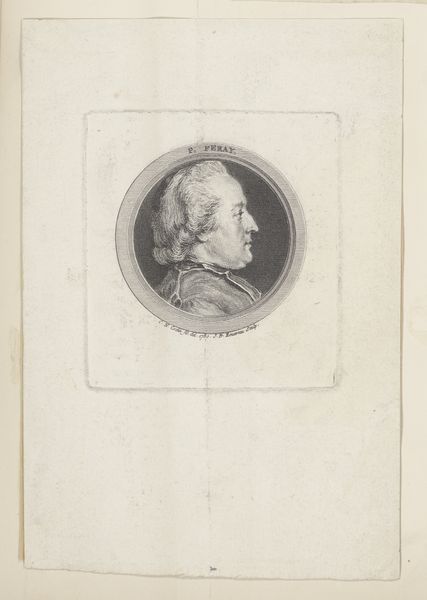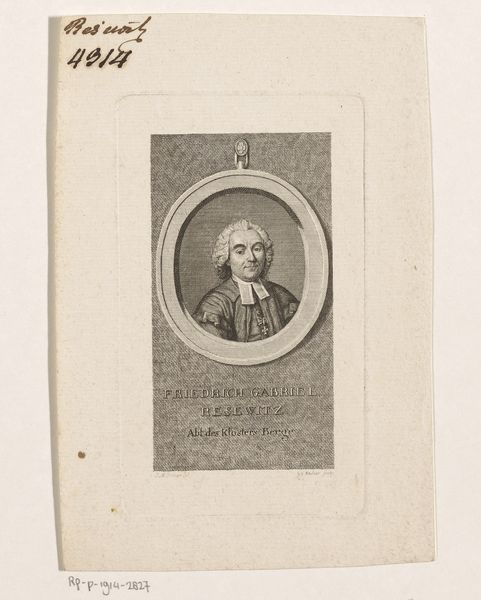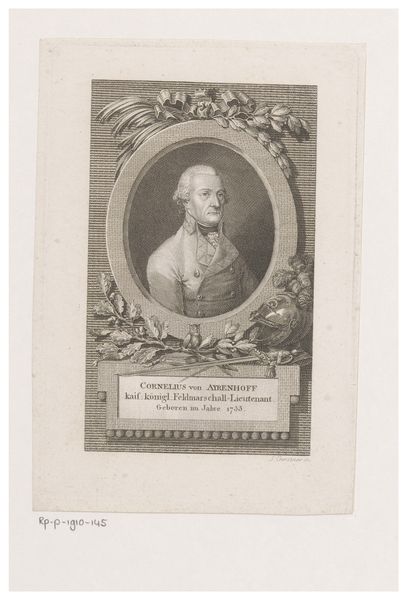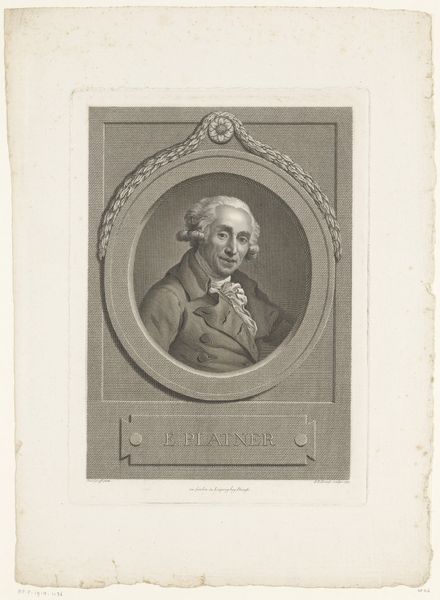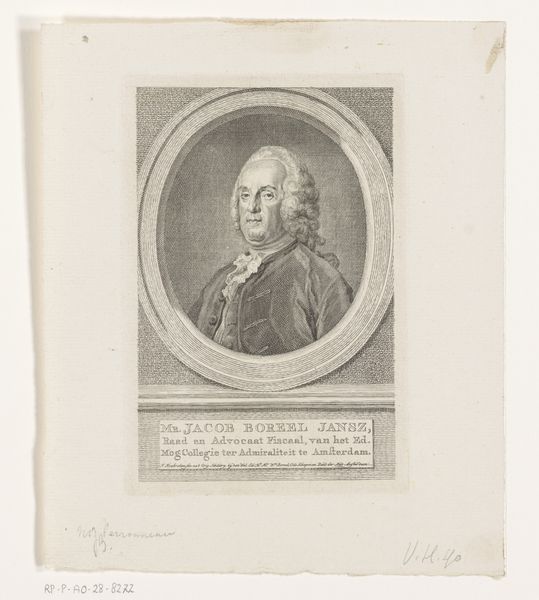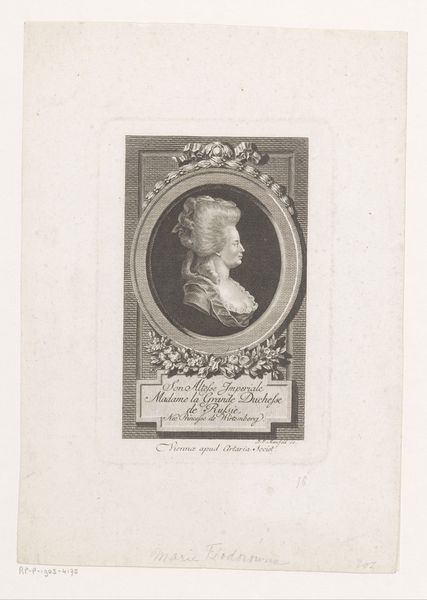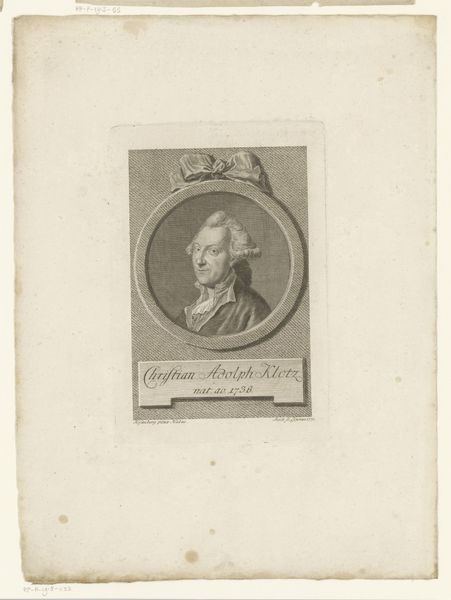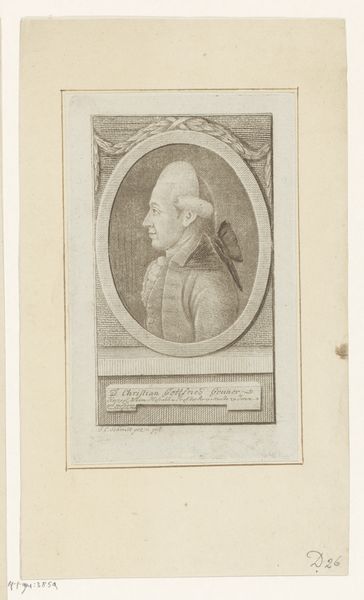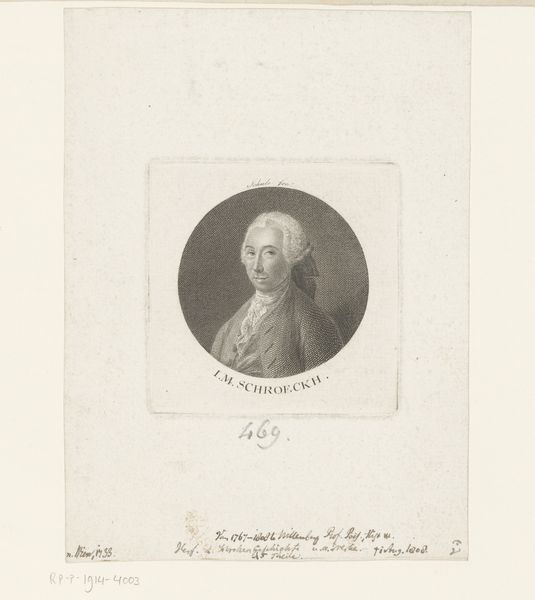
print, paper, engraving
#
portrait
#
neoclacissism
#
aged paper
#
toned paper
# print
#
old engraving style
#
figuration
#
paper
#
line
#
engraving
Dimensions: height 188 mm, width 109 mm
Copyright: Rijks Museum: Open Domain
Curator: The sitter looks rather severe. Editor: And the composition emphasizes that gravity. This is Wilhelm Arndt's "Portret van Wilhelm Ernst Christiani," made in 1793. It’s an engraving on paper, a print from the Rijksmuseum collection. The lines are very crisp. Curator: Let’s talk about that medium. Engravings like these served a crucial purpose in disseminating information and images at the time. It democratized portraiture, making images of public figures like Christiani accessible beyond the elite. Can you imagine the sheer labor that went into creating this image? Each line meticulously etched, in reverse, onto the plate. Editor: The print sits squarely within the Neoclassical movement. Beyond aesthetics, this era engaged heavily with notions of citizenship, duty, and civic virtue, right? It’s fascinating to think of this portrait in terms of class. A portrait—even a mass-produced one like this—still inherently signifies a certain level of privilege and social standing. It becomes a declaration, or an endorsement, of societal values. Curator: Absolutely. Consider the infrastructure of workshops, the artisans employed, and the distribution networks required. The production reveals a web of social relationships. Even the paper itself has a story – its sourcing, processing, and how those methods impacted the environment and the workers involved. Editor: The choice of engraving also impacts how we see Christiani. There’s no softness. The linearity adds to the feeling of restraint, almost stoicism. Curator: It's a study in efficiency and replication but also precision. We must appreciate Arndt's mastery over his tools, his material. Editor: And understanding that production and the values represented invites us to think about the broader social fabric of the time. Curator: Looking closely at this reveals hidden layers of history embedded in every mark, choice of material and distribution method. Editor: Every choice and consideration is a facet reflecting power dynamics in the late 18th century. It’s an image rife with implications.
Comments
No comments
Be the first to comment and join the conversation on the ultimate creative platform.

